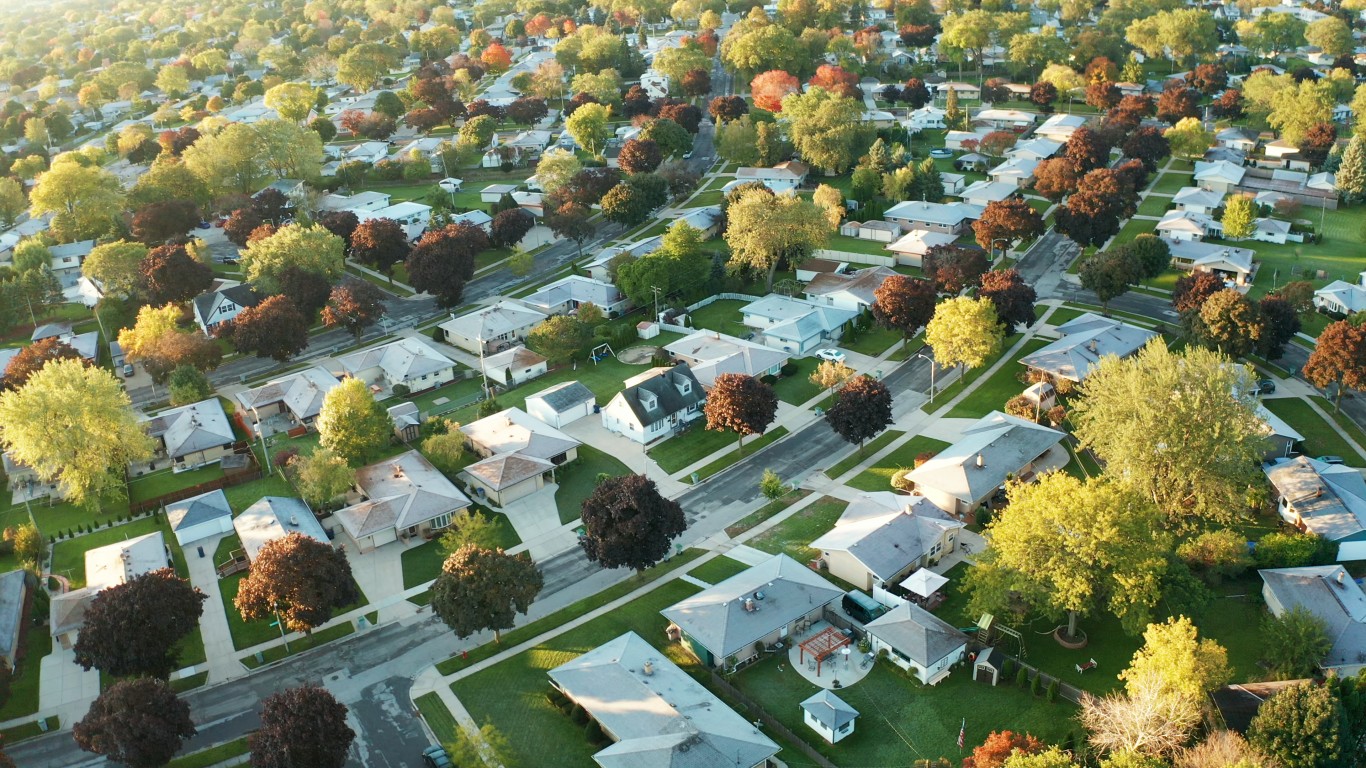
Residential real estate was fairly cheap before the pandemic, or at least cheap compared to today. A land rush for homes in many cities changed that across most of the country. Higher mortgage rates also have attacked affordability. The number of Americans who cannot afford a house has soared by millions in the past several months.
While moderate home prices helped affordability in 2018 and 2019, a drop in mortgage rates to 3% for 30-year fixed mortgages brought home prices into range for people who could not be home buyers financially. Usually, this was measured by the income-to-median home price ratio in each market.
Realtor.com’s recent Every Time Mortgage Rates Rise, Buyers Need to Make This Much More to Afford a Home report shows the effect of home prices and mortgage rates on the number of people who can buy a home in America. It is based on data that covers 128 million homes. Rocke Andrews, a mortgage broker at Lending Arizona, told Realtor.com: “It’s basically a frozen market until prices come down more or rates come down, or both.”
As the Federal Reserve raises interest rates, mortgage rates will not decrease but will rise.
Realtor.com says the median home price in the United States is $427,250. The average mortgage rate is 6.7% for a fixed-rate loan. Based on this, a buyer must have a median annual income of $124,000 to buy a home under these circumstances.
The study concludes that 20 million Americans who could afford a home last year can no longer do so. This also means only 36 million people can buy homes today, based on the Realtor.com formula. At 3% mortgage rates, the comparable number was 54 million.
The national real estate market will be ruined if mortgage rates move above 10%. The number of people who can buy a home has dropped to 23 million. Demand, based on the residential real estate market over the past decade, has disappeared.
The Average American Has No Idea How Much Money You Can Make Today (Sponsor)
The last few years made people forget how much banks and CD’s can pay. Meanwhile, interest rates have spiked and many can afford to pay you much more, but most are keeping yields low and hoping you won’t notice.
But there is good news. To win qualified customers, some accounts are paying almost 10x the national average! That’s an incredible way to keep your money safe and earn more at the same time. Our top pick for high yield savings accounts includes other benefits as well. You can earn up to 3.80% with a Checking & Savings Account today Sign up and get up to $300 with direct deposit. No account fees. FDIC Insured.
Click here to see how much more you could be earning on your savings today. It takes just a few minutes to open an account to make your money work for you.
Our top pick for high yield savings accounts includes other benefits as well. You can earn up to 4.00% with a Checking & Savings Account from Sofi. Sign up and get up to $300 with direct deposit. No account fees. FDIC Insured.
Thank you for reading! Have some feedback for us?
Contact the 24/7 Wall St. editorial team.
 24/7 Wall St.
24/7 Wall St.